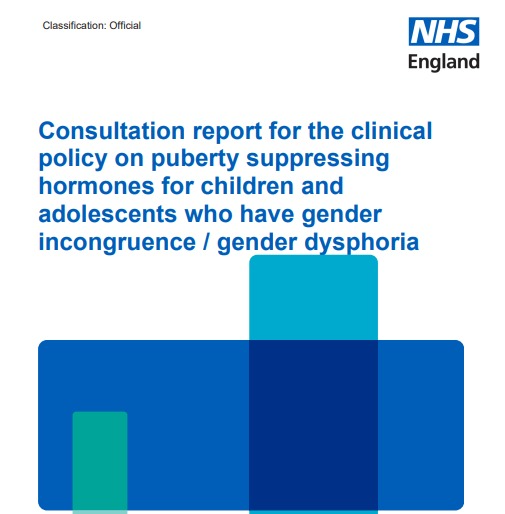Support with Teenagers – for Parents

Navigating the teenage years can be a challenging experience for both parents and teens alike. In the UK, where cultural influences, education systems, and societal expectations shape young people’s lives, understanding and managing teenage behaviour requires patience, empathy, and practical…









